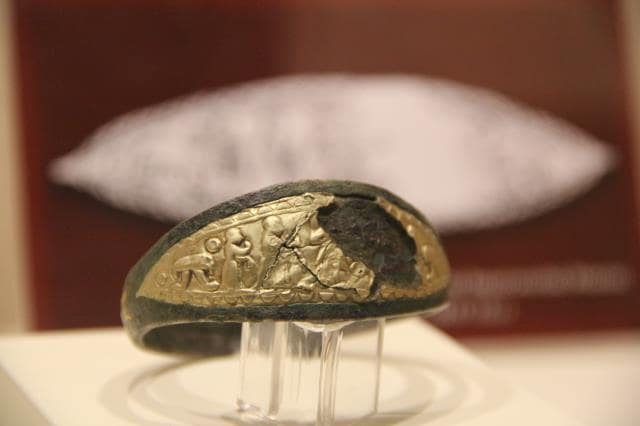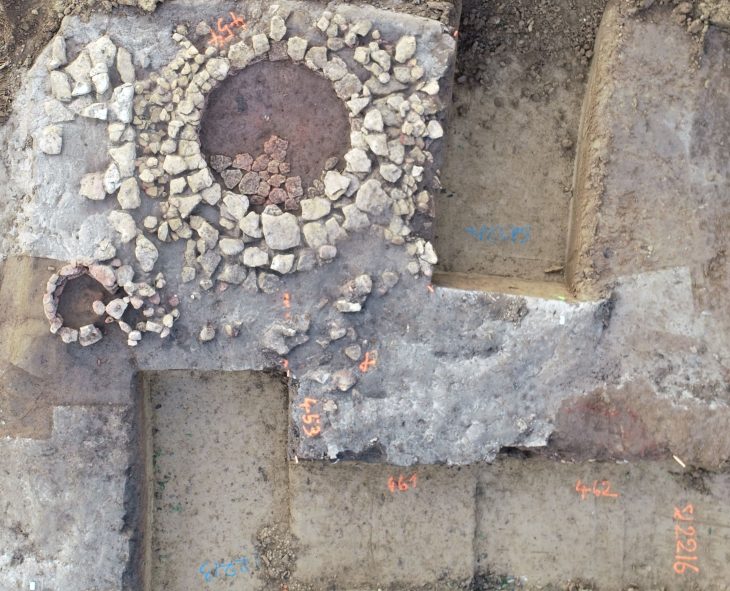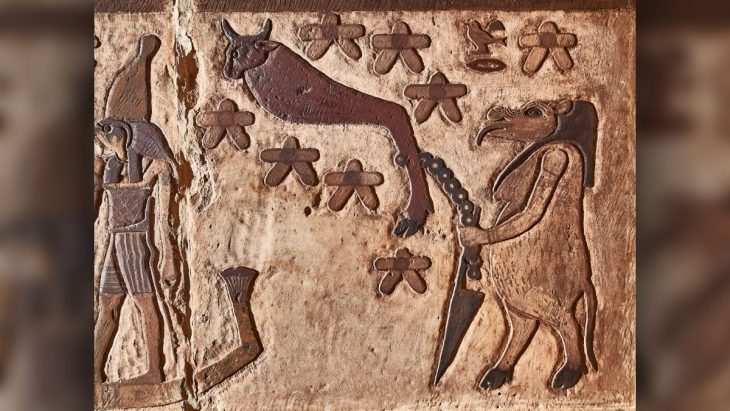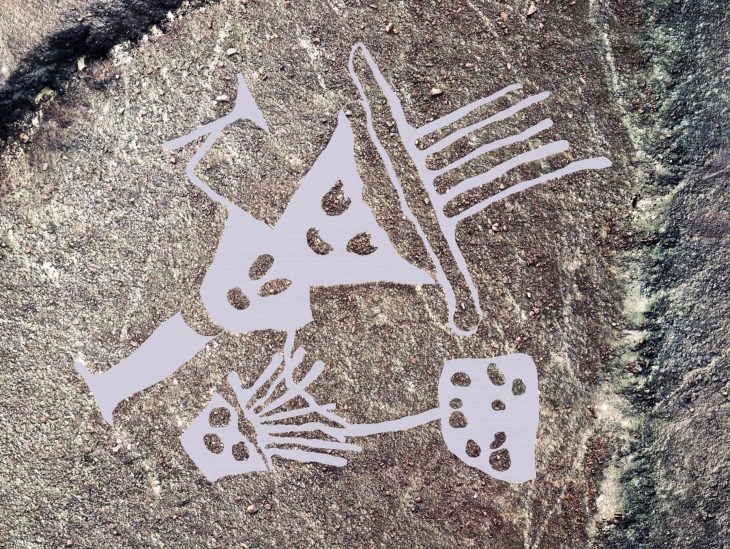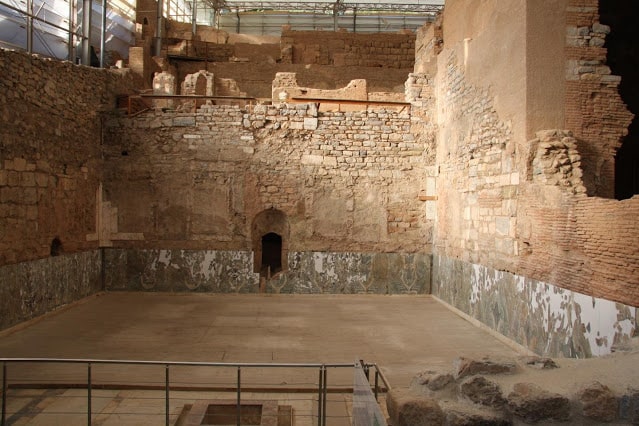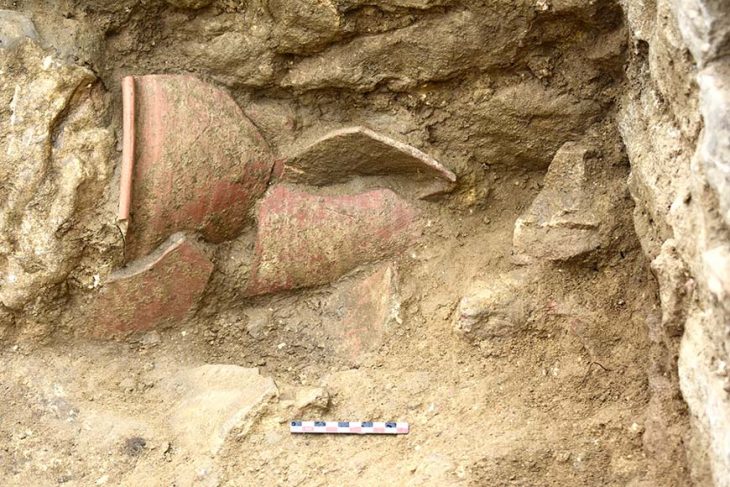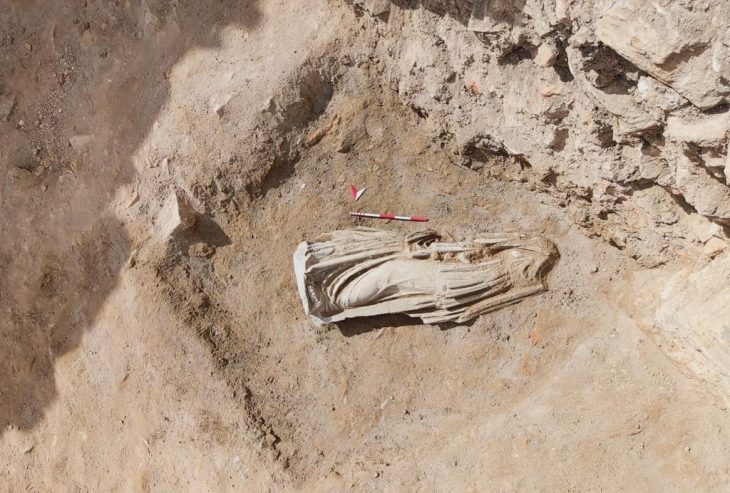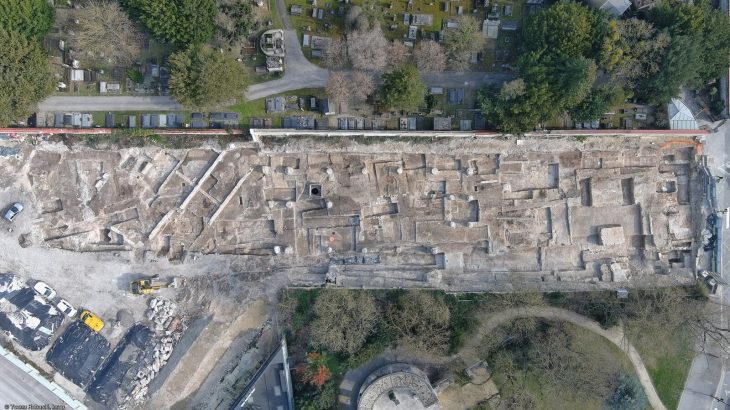A farmer in Turkey’s Çorum province discovered a rare 3,300-year-old ancient bracelet from the Hittite era while plowing his farm.
A farmer in Çitli village of Çorum’s Mecitözü district delivered the bracelet, which he found while plowing his field about 3 years ago, to the Çorum Museum, thinking it might have historical value.
The gold-embroidered electrum bracelet, which was determined to be about 3,300 years old by the experts in the museum, was taken to the laboratory to be restored.
Experts found out that the artifact is from the ancient Hittite civilization and carried out restoration work. They then recorded it in the museum’s inventory and put it in the collection.
The beautiful bracelet is made out of bronze, nickel, silver, and gold and is adorned with depictions of Hittite symbols, including imagery of the Hurrian goddess Shaushka and his servants Ninatta and Kulitta.
Šauška (Shaushka), also called Šauša or Šawuška, was the highest ranked goddess in the Hurrian pantheon, associated with love and war, as well as with incantations and by extension with healing. While she was usually referred to as a goddess and with feminine titles, such as allai (Hurrian: “lady”), references to masculine Shaushka are also known.

Ninatta and Kulitta were two goddesses always invoked together who were the handmaidens of the Hurrian goddess Shaushka, the Hurrian counterpart of Mesopotamian Ishtar.
Resul Ibiş, an archaeologist at the museum, told Ihlas News Agency (IHA) that the bracelet has been put on display for visitors.
“After initial evaluations, we realized that this piece is unprecedented and we’ve never seen anything like this before,” he said, adding that it is from the 13th century B.C.
Ibiş also noted that the bracelet was deformed when it was brought to the museum and some of its pieces were missing, but they restored it.
The archaeologist also noted that there are very few pieces of Hittite-era jewelry and this piece sheds light on the jewelry styles of the civilization.
This 3300-year-old rare bracelet has started to be exhibited in the Çorum museum.

